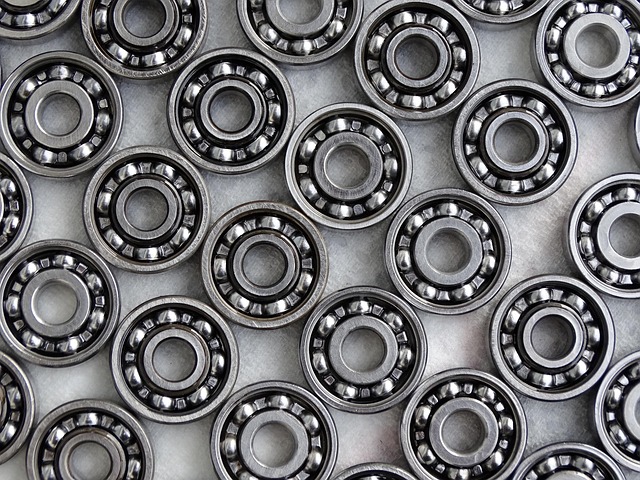Introduction to Pelizaeus-Merzbacher Disease (PMD)

Pelizaeus-Merzbacher disease (PMD) is a rare X-linked recessive leukodystrophy caused by mutations in the PLP1 gene, which encodes proteolipid protein (PLP). PLP is the most abundant protein in myelin, the insulating sheath around nerve fibers. Mutations in PLP1 disrupt myelin formation and maintenance, leading to severe neurological deficits. The severity of PMD can vary greatly, ranging from mild spastic paraparesis to severe developmental delay and premature death.
The Importance of Proteolipid Protein (PLP) Trafficking
Proper trafficking of PLP is crucial for its function. PLP must be synthesized in the endoplasmic reticulum (ER), properly folded, and then transported to the plasma membrane of oligodendrocytes, where it is incorporated into the myelin sheath. Disruptions in any of these steps can lead to PLP mislocalization, aggregation, and ultimately, PMD. Understanding the mechanisms that regulate PLP trafficking is essential for developing effective therapies for PMD.
ER Quality Control and PLP Misfolding
The ER has a sophisticated quality control system to ensure that only properly folded proteins are allowed to proceed to their final destination. Misfolded PLP is typically retained in the ER and targeted for degradation via the ER-associated degradation (ERAD) pathway. However, in PMD, the ERAD pathway can be overwhelmed, leading to the accumulation of misfolded PLP aggregates, causing ER stress and cellular dysfunction. Some mutations alter PLP structure significantly so that ERAD cannot process PLP effectively. Chaperone proteins, like BiP, play a key role in assisting PLP folding.
# Simplified representation of protein folding
def fold_protein(amino_acid_sequence):
"""Simulates protein folding based on sequence."""
if is_correct_sequence(amino_acid_sequence):
return "Correctly folded protein"
else:
return "Misfolded protein"
def is_correct_sequence(sequence):
#Dummy check: Real folding is based on complex interactions
return len(sequence) > 5The Role of Vesicular Trafficking in PLP Transport

Once PLP is properly folded, it is packaged into transport vesicles that bud from the ER and travel to the Golgi apparatus for further processing. From the Golgi, PLP-containing vesicles are then targeted to the plasma membrane. Proteins like coat protein complex II (COPII) play a role in this process. Disruption of these vesicular trafficking pathways can result in the accumulation of PLP in intracellular compartments and reduced delivery to myelin.
Therapeutic Strategies Targeting PLP Trafficking
Several therapeutic strategies are being explored to address the PLP trafficking defects in PMD. These include chaperone-mediated protein folding, enhancement of ERAD, and manipulation of vesicular trafficking pathways. Small molecules that can stabilize PLP folding or promote its degradation are also under investigation. Gene therapy approaches aimed at correcting the PLP1 mutation are showing promise. However, further research is needed to develop effective and safe therapies for PMD.
Future Directions and Research Avenues

Future research should focus on gaining a deeper understanding of the molecular mechanisms that regulate PLP trafficking. This includes identifying novel proteins involved in PLP sorting, vesicle formation, and delivery. Furthermore, it is crucial to develop better in vitro and in vivo models of PMD to test the efficacy of new therapeutic strategies. High-throughput screening methods could be used to identify compounds that improve PLP trafficking and reduce ER stress.
- Investigate the role of specific chaperones in PLP folding.
- Explore the impact of different PLP1 mutations on trafficking efficiency.
- Develop new tools to visualize PLP trafficking in real time.